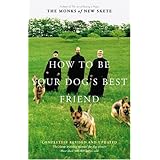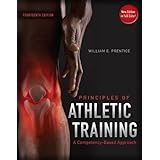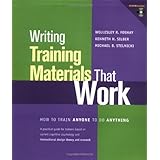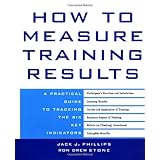
Average Reviews:

(More customer reviews)"How to Be Your Dog's Best Friend" is an excellent reference book for the first time dog owner and trainer. As well as the normal chapters on how to choose, socialise, feed, groom and train a puppy, the Monks cover topics as varied as how to read a puppy's pedigree, how to massage your dog, and how your dog's living environment will impact upon his training needs.
Unlike many training manuals, the Monks of New Skete strike a nice balance between "dominance" based training methods and formal training. The Monks stress the importance of earning your dog's trust and respect and the importance of being a strong pack leader for your dog; they also recognise the need for formal training, and spend several chapters explaining how this is best accomplished. Most training books are heavily biased towards one or other method, so it is nice to read a book which realises that both are ingredients in successful dog training.
The training methods discussed are fairly traditional, with the Monks either luring or gently moulding the dog into shape, then praising. However they also advocate classically conditioning a positive reinforcer (keys jingling), which can then be used at strategic times to help a dog relax; and they do discuss and recommend clicker methods for "sensitive" dogs.
Contrary to some reviews posted below, the Monks of New Skete do in fact advocate using plenty of positive reinforcement in their training. Confusion on this issue probably stems from the fact that the Monks do not advocate constantly using food treats while training. However, food treats are not the only positive reinforcement method available to a trainer. As the Monks point out "Food treats are an extremely effective motivator to help dogs learn...however, they are not meant to replace sincere verbal and physical praise." The Monks advocate that puppies are regularly praised, petted and played with during training. Punishment only ever comes after a dog has been shown an exercise multiple times and fully understands what is required of it, and far from being harsh or abusive, is normally limited to stern eye contact or a verbal growl. Scruff shakes and chin cuffs are reserved for the worst transgressions. The Monks take care to emphasise that any punishment used should be immediate, fair and consistent.
There are certainly gaps in this book. The "Problem Solving" section is rudimentary at best (for example, the section on interdog aggression only recommends limiting the dog's opportunity to mark territory, desexing him and muzzling him!). Readers with a problem dog would be well advised to get some more indepth resources regarding their dog's particular problem. The obedience exercises covered are quite limited, covering only the sit, down, stay, heel and recall. Owners wishing to teach their dogs more advanced exercises will need to seek additional resources. It is also disappointing that the Monks only discuss one method of teaching each exercise. With the plethora of options available today to teach even something as simple as a sit - for example, shaping, luring, capturing - it is a pity the Monks did not discuss several options for training each behaviour.
Despite such flaws, "How to be your Dog's Best Friend" is one of the three training books I generally recommend to new dog owners (the other two are "The Other End of the Leash" by Patricia McConnell and "The Culture Clash" by Jean Donaldson). These three books complement each other very well. "The Other End of the Leash" is a great primer on canine-human communication, whereas "The Culture Clash" is an excellent manual on operant conditioning-based positive training. "How to Be your Dog's Best Friend" both fills in important gaps left by the other two books, and puts the case for kind and fair "traditional" style training.
Click Here to see more reviews about: How to Be Your Dog's Best Friend: The Classic Training Manual for Dog Owners (Revised & Updated Edition)







